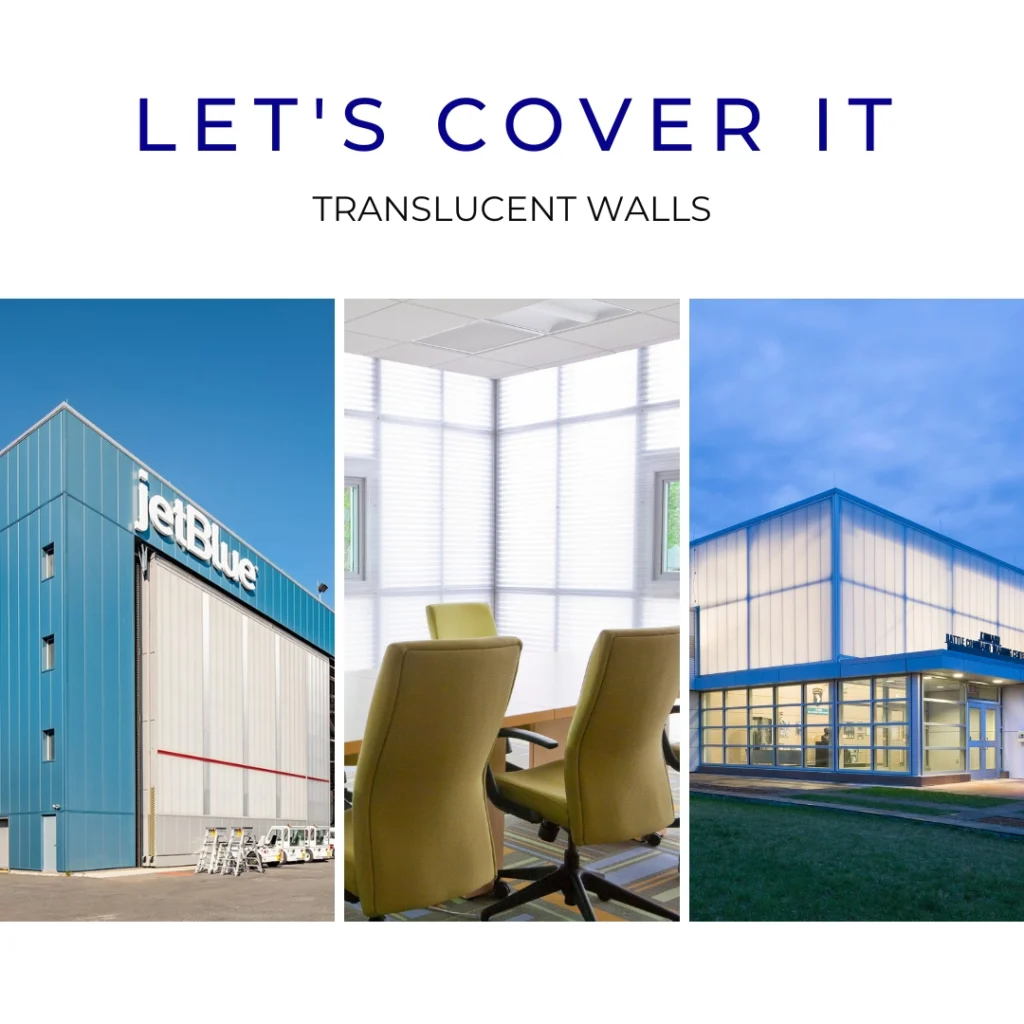Translucent wall systems have been around for decades, often replacing windows or existing structures. Buildings began using fiberglass reinforced plastics (FRP) for daylighting applications in the mid 20th century. FRP systems offered insulation and light transmission that provided benefits where additional light was needed.
Towards the late 20th century, polycarbonate structural sheets (PCSS) became available and began replacing both FRP systems and existing openings. Polycarbonate is a versatile material formed through an extrusion process, turning resin into different profiles. These panels are co-extruded with a UV resistant layer, preventing damage from sun rays.
Monolithic polycarbonate sheets contain the best visual clarity and greatest content of resin. Cellular polycarbonate glazing (CPG) sheets are comprised of “flutes”, the honeycomb-like internal cavities. The structure, or walls, of the CPG offer varying levels of insulation. Multiwall panels can consist of different internal structures for different applications.
A type of multiwall panel–the tongue-and-groove panel– is featured in EXTECH’s translucent wall systems. Tongue and groove panels allow for rapid installation of translucent wall systems. They are lightweight and join easily for an unbroken appearance, without horizontal or vertical framing members. Polycarbonate can also be formed to a 90 degree angle for continuous polycarbonate corners.
Prefabricated wall systems that feature tongue and groove panels eliminate installation frustrations and include unique features that extend the lifespan of the system. Tongue and groove translucent wall systems feature a weep hood for unwanted water infiltration. They also feature double interior and exterior gasketing and allow for thermal expansion of thermoplastics.
Further improving performance, tongue and groove translucent wall systems can be integrated with reinforcement bars at the interlocking joint for additional strength. They can also be fit with a unique mullion extrusion at the tongue and groove joint for longer spanning capabilities. The panels are fastened to structural elements with unique glazing clips for additional support.
Tongue and groove panels come in 40mm or 50mm thick and up to 500mm wide. Customizable to specific requirements, they are available in many different colors and translucencies, with optional performance layers such as anti-reflective, IR-blocking, and matte. IR panels absorb more infrared radiation for less heat absorption. AR glazing may be optimal for applications where glare needs to be prevented.
Translucent wall systems can be used for retrofit or new construction. Translucent walls are often used into the following building types:
-Schools
-Industrial applications such as utilities, railyards, warehouses, and plants
-Athletic facilities
-Aviation
-Recreation
-Healthcare
-Military
-Office buildings
-Commercial spaces
Adding translucent walls to a building can add additional daylight, enhance the appearance of a building, and aid in energy savings.





